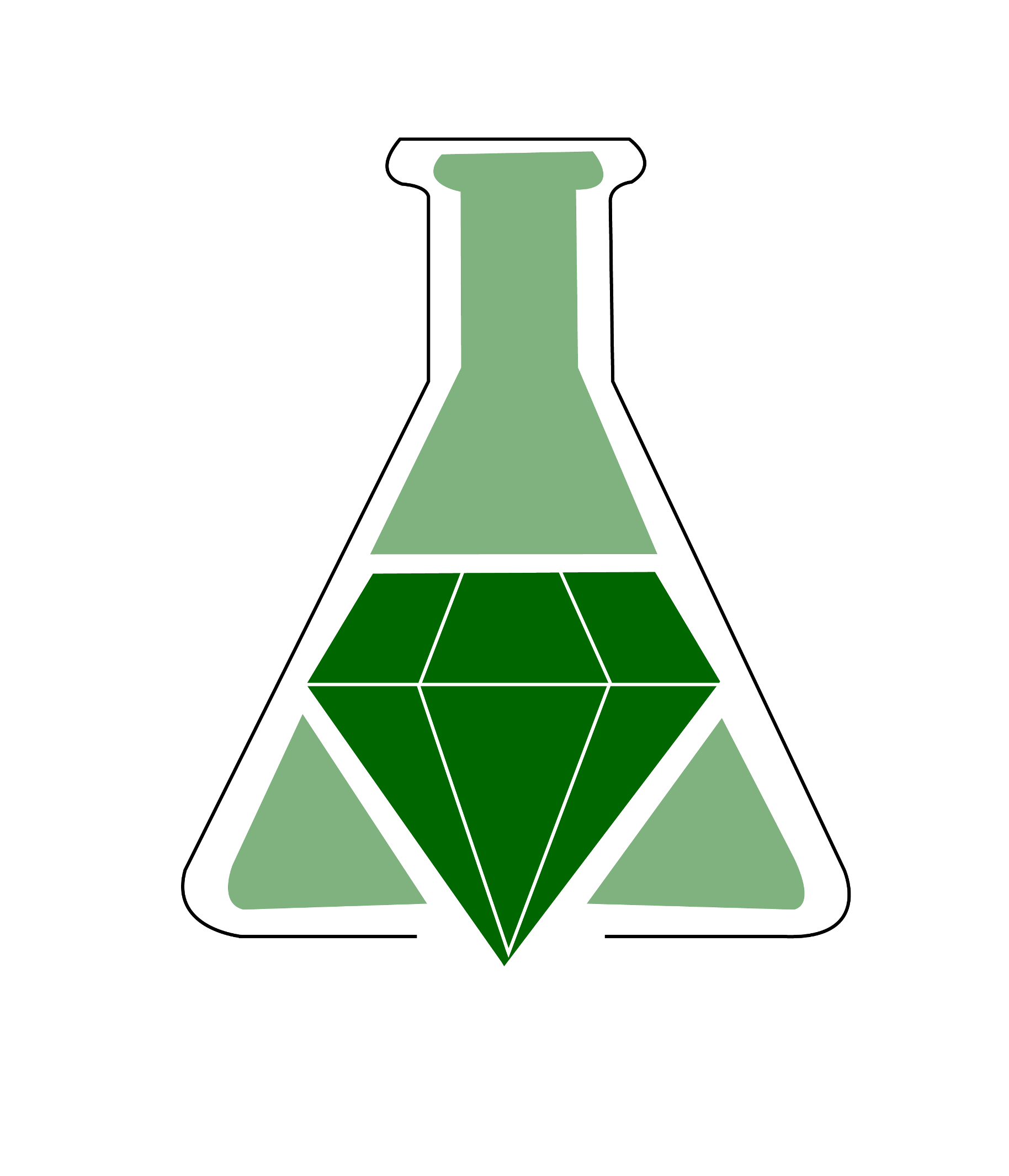Oxidation of Aromatic Aldehydes Using Oxone

Summary
One of the main advantages of doing green chemistry is that it can often be done on the benchtop without the need for a fume-hood. In this experiment water and ethanol are the only solvents used for both the reaction and purification steps and oxone is a safe oxidant whose only by-product is potassium sulfate.
The oxidation of aromatic aldehydes using oxone allows instructors to discuss green chemistry, oxidation reactions, and recrystallizations. Other topics include the use of melting points and NMR for characterization.
Included are supplemental materials that provide instructor notes, student lab procedures, a list of necessary materials, spectroscopic data, and the proposed reaction mechanism.
Summary prepared for the original GEMs database September 2008 by Douglas M. Young at the University of Oregon.
Oxidation of Aromatic Aldehydes Using Oxone
Rajani Gandhari, Padma P. Maddukuri, and Thottumkara K. Vinod
Journal of Chemical Education 2007 84 (5), 852
DOI: 10.1021/ed084p852
The oxidation of aromatic aldehydes using oxone allows instructors to discuss green chemistry, oxidation reactions, and recrystallizations. Other topics include the use of melting points and NMR for characterization.
Included are supplemental materials that provide instructor notes, student lab procedures, a list of necessary materials, spectroscopic data, and the proposed reaction mechanism.
Summary prepared for the original GEMs database September 2008 by Douglas M. Young at the University of Oregon.
Oxidation of Aromatic Aldehydes Using Oxone
Rajani Gandhari, Padma P. Maddukuri, and Thottumkara K. Vinod
Journal of Chemical Education 2007 84 (5), 852
DOI: 10.1021/ed084p852
Safety Precautions, Hazards, and Risk Assessment
See published journal article.
Link to external
